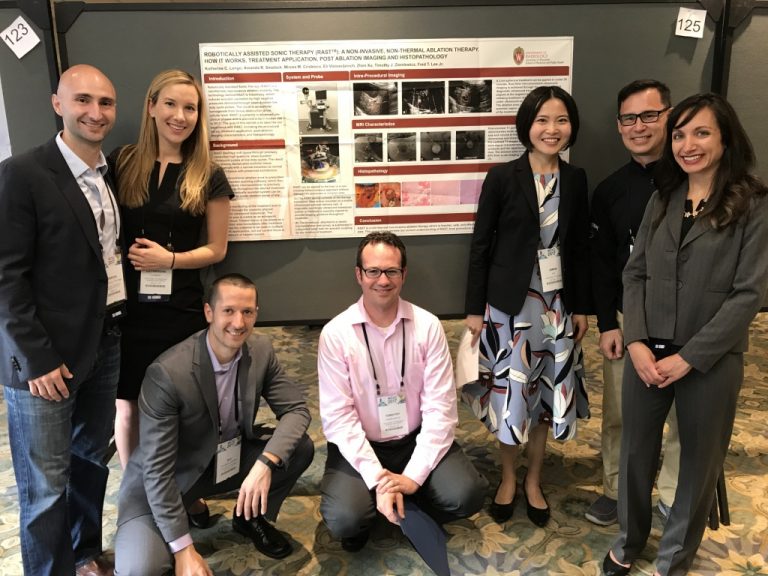Saturday, April 25, 2026
8:00AM-12:00PM
Health Sciences Learning Center
Sponsored by the UW Department of Radiology, the annual Zachary Clark Radiology Research Symposium held in spring celebrates the high-caliber radiology research conducted by our medical students, residents, and fellows. It also embodies the department’s dedication to both research and education.
Mark your calendars for April 25, 2026 when our residents, fellows and medical schools will present their newest research!
In Memoriam
This symposium honors the memory of Zachary Clark, MD, a former radiology resident known for his excellent clinician skills, kindness, and enthusiasm for research. Neuroradiology was his primary focus, especially cerebrovascular disease research.
In the spirit of his passion for research, we dedicate this symposium to Dr. Zachary Clark.
Support Resident Research

Attending the Zachary Clark Radiology Research Symposium is only one way to support research endeavors by residents and fellows. You can also make a gift to the Zachary Clark Resident Research Fund. Established in memory of Dr. Zachary Clark, January 25, 1986 – March 6, 2017, this endowment supports research performed by the UW School of Medicine and Public Health Radiology residents and ACGME-accredited fellows.

